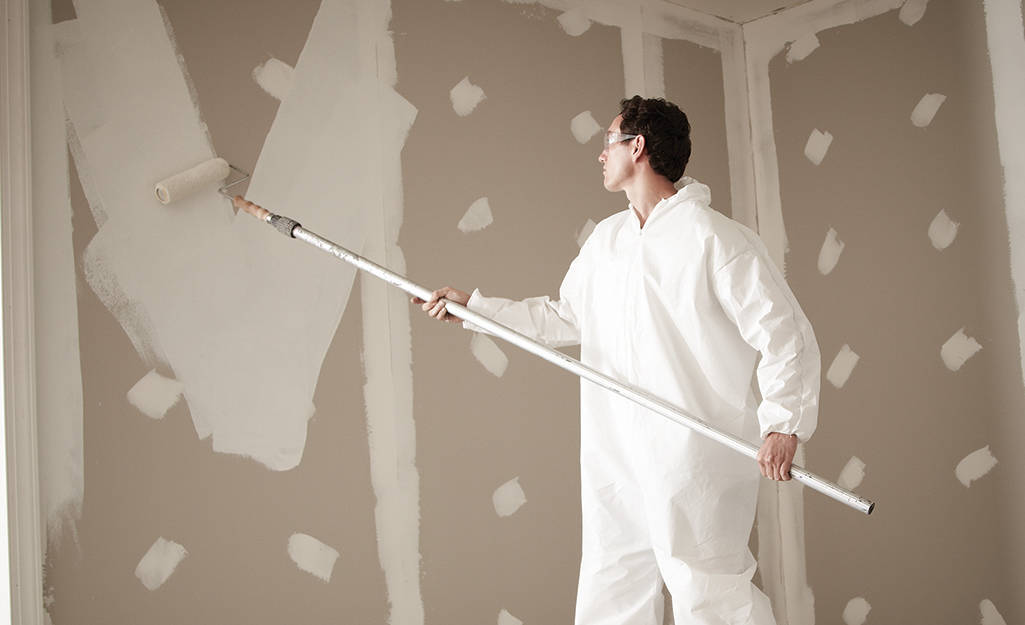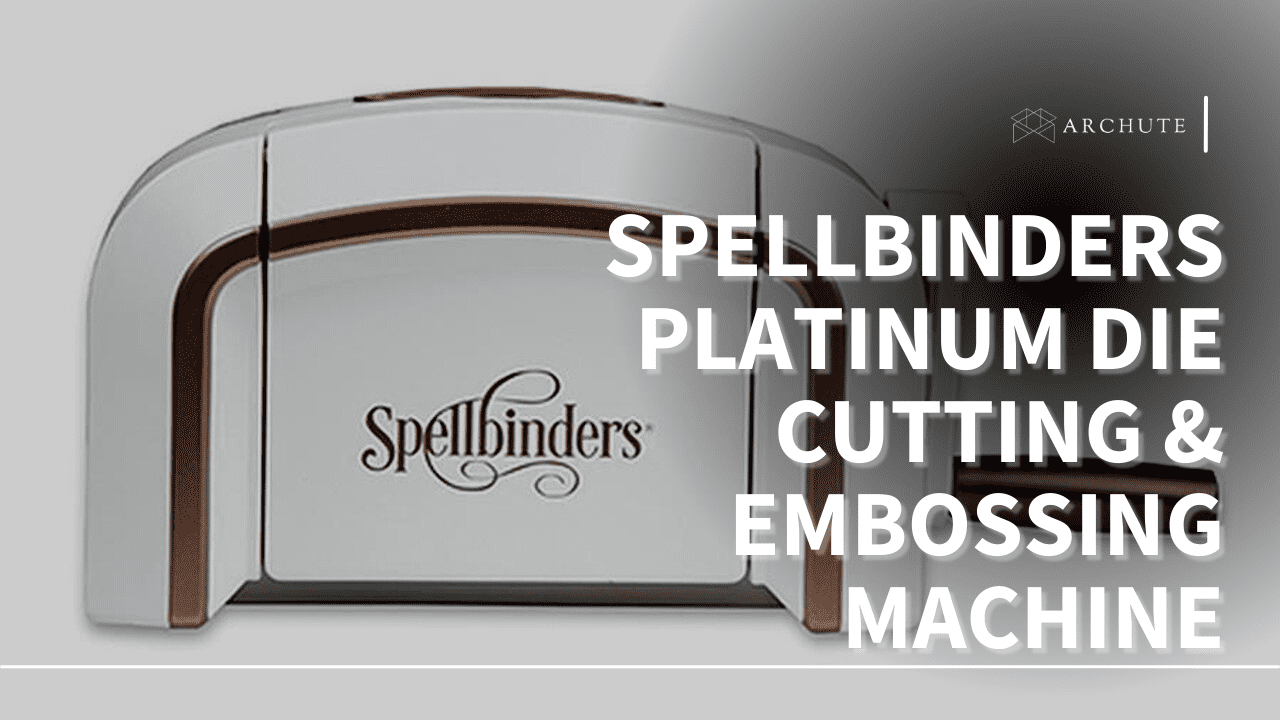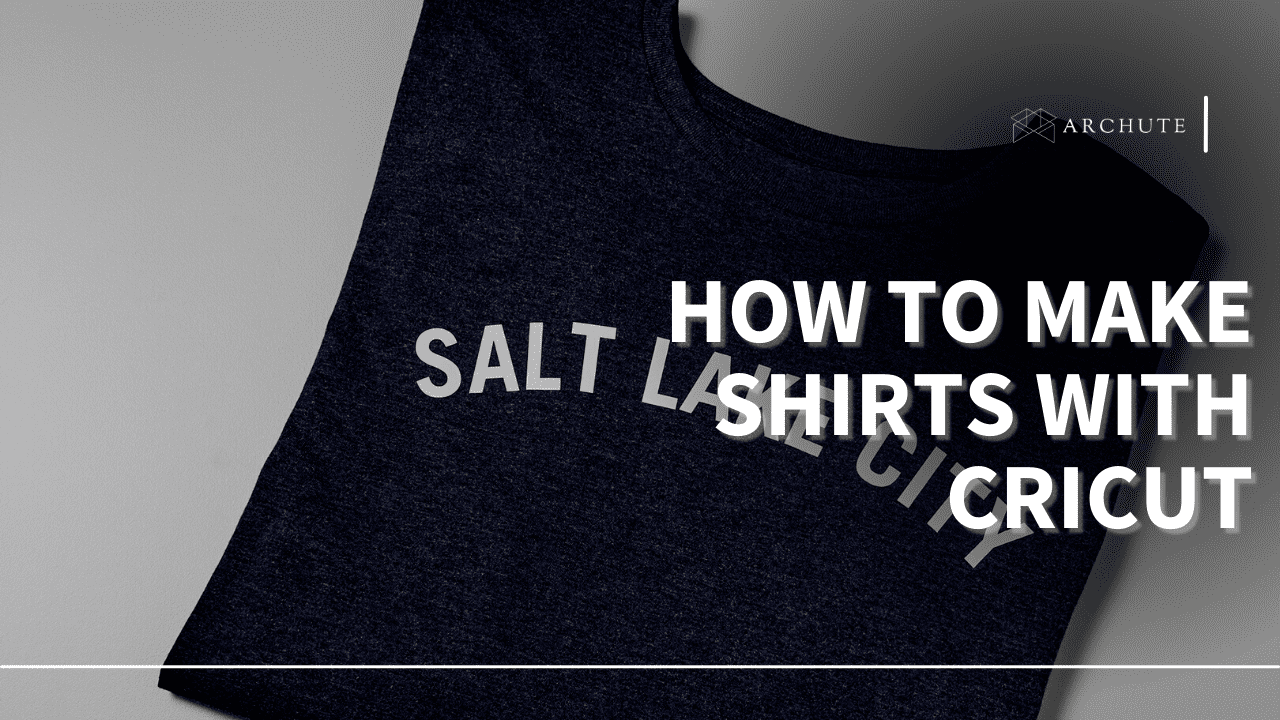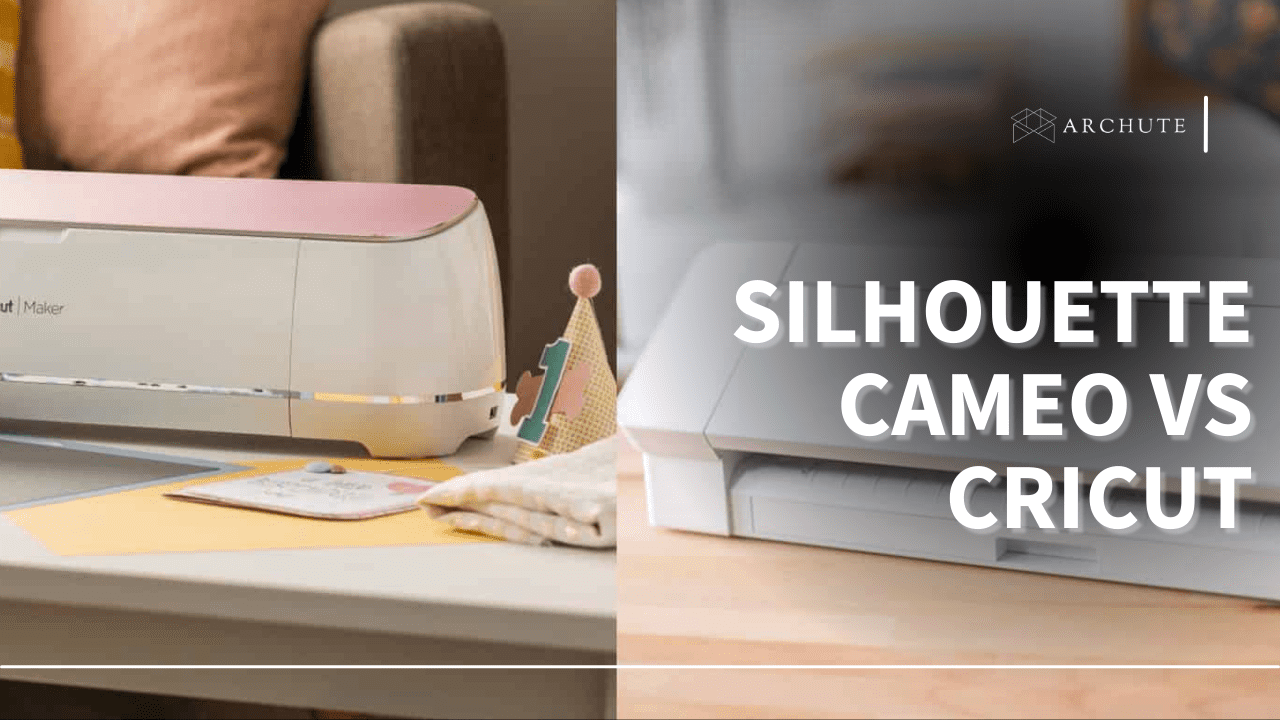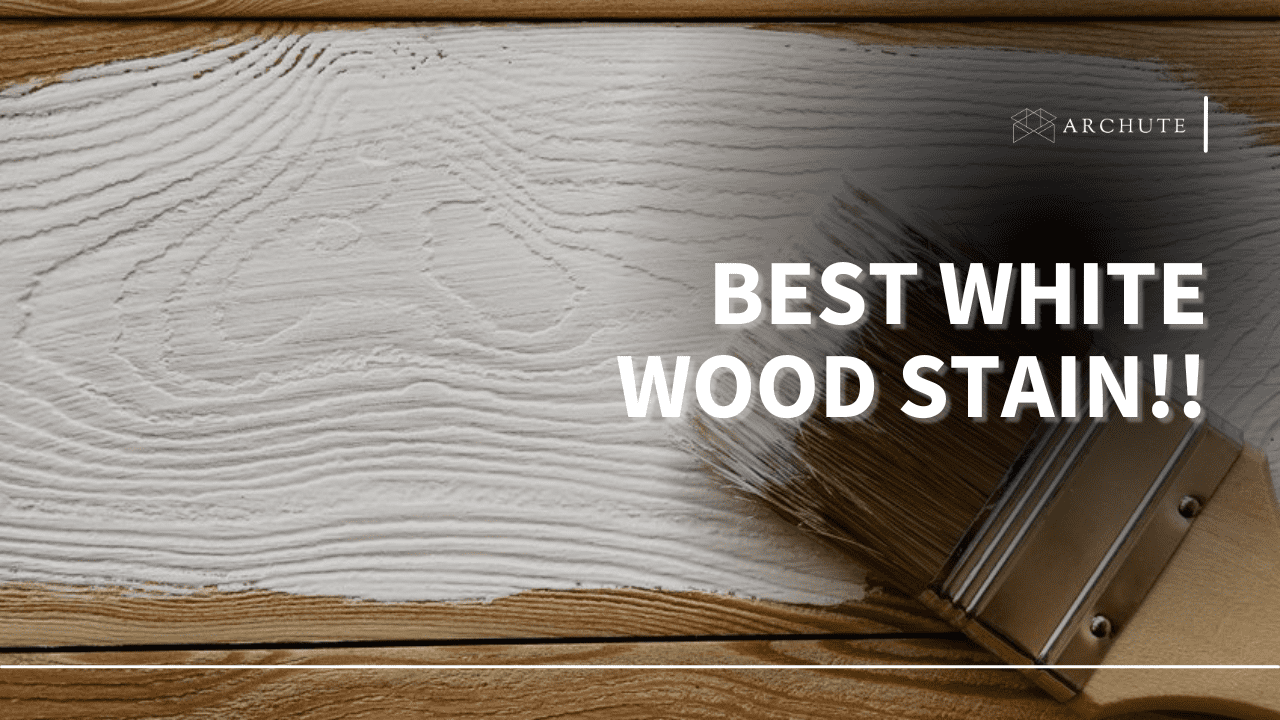Surface preparation is crucial when it comes to any paint job. No matter how high-quality the paint is, if you don't have a decent surface to apply it to, it won't last. Therefore, you will need paint primers. Primers improve the paint's ability to adhere to the material. Also, the undercoat increases the durability of the paint. Here are the options for the best paint primer for walls to help the paint adhere better to your walls.
How Do Paint Primers Work?
Paint primer is usually applied before painting any surface. Primers can help remove stains from your walls and reduce the paint needed to cover the surface. This makes it an important step in painting projects, and skipping it might ruin your paint job.
The materials in the paint primer allow it to adhere to surfaces better than paint, forming a cohesive bond between the surface and the paint. As a result, the paint adheres to the surface with a stronger bond, resulting in a longer-lasting paint job that consumes less paint.
Now that we understand how primers work let's check out the best paint primers for walls.
Rank | Product Image | Brand Name | Link |
|---|---|---|---|
1 | |||
2 | |||
3 | |||
4 | |||
5 |
1. INSL-X Stix Acrylic Waterborne Bonding Primer, SXA11009A-04
- Premium-quality, acrylic-urethane bonding primer-sealer with...
- Bonding primer for drywall, plaster, ceiling, acoustical tile,...
- Bonds to "hard-to-coat" surfaces and can be top coated with...
- Fully cures in temperatures as low as 35 °F.
- 75 - 100 square foot coverage for interior or exterior use
If you are looking for the best paint primer for walls that works as a primer and a sealer, we recommend the INSL-X Stix Acrylic Waterborne Bonding Primer. The paint is an acrylic urethane primer, giving it outstanding abrasion resistance and exceptional adhesion. You can use it on surfaces (interior and exterior), including ceramic tiles, plaster, brick walls, drywall, doors, and galvanized metals.

Moreover, you can use the primer on plastic, glossy paint, and glazed blocks. The primer has excellent enamel retention, offering a smooth topcoat surface. On the other hand, the primer takes 3 to 4 hours to dry and may cure at temperatures as low as 35°F.
The product label has all preparation requirements, and you can use any topcoat, including epoxy, lacquer, and latex. Being a water-based bonding primer, it produces low levels of volatile organic compounds, and you can clean it with just soap and water.
Pros:
Cons:
2. Zinsser Bulls Eye 1-2-3 All Surface Primer, 02004
- Interior/exterior use on new or previously painted drywall,...
- Water-based formula seals uniformly and will stick to surface...
- Dries to the touch in 35 minutes, ready to topcoat in 1 hour and...
- Has excellent stain blocking resistance and can be used with any...
- One coat hide saves time and money by improving hide and coverage...
Zinsser Bulls Eye 1-2-3 is a whole-house primer and sealant that you can use on any surface in the house. Being an all-surface primer, you can use it on walls to provide a long-lasting, paint-ready surface and on ceilings to prevent stains. Besides, it's a water-based interior and exterior primer.

This paint primer comes in white or gray, and offers excellent adhesion to any paint. It's suitable for several surfaces, including metal, glass, wood, ceramic, and tiles, and we recommend it if you want to use topcoats of deeper hues. Moreover, the primer also comes in an aerosol can for use in confined spaces.
The good thing with this primer is that you don't need to sand the surface to get a strong, tight bond between the primer and your material. Another thing is that you only need to apply one layer of paint before you can start painting, and it dries to the touch in only 30 minutes.
Pros:
Cons:
3. Rust-Oleum Mold Killing Primer, 276087
- Protective primer specially formulated to paint over and kill...
- Low odor, water-based coating cleans up easily with soap and...
- Covers up to 160 square feet, dries to the touch in 30 minutes...
- Formulated to kill existing mold, mildew and odor causing...
- Works with any topcoat, ideal for use with ZINSSER perma-white....
Rust-Oleum 276087 is the best primer for you if you are looking for the best paint primer for walls, formulated to kill existing mold and odor-causing bacteria. The primer can kill the molds on your walls without having to scrub or clean the walls. That means you can paint the primer on top of the existing mold, and it will kill it off and prepare the surface for paint adhesion.

Though this primer is also a high-bonding product for porous surfaces such as concrete, we recommend using it to kill mold and mildew on non-porous surfaces for maximum effectiveness. And the good thing is that you won't have to wait all day long to reapply a coat of paint since it's extremely fast-drying and works with any topcoat.
Pros:
Cons:
4. KILZ Adhesion Interior/Exterior Paint Primer
- A good bonding primer is essential to ensure that topcoats adhere...
- KILZ Adhesion is a unique latex primer developed to bond securely...
- Bonds to tough-to-paint surfaces including Kynar, PVC, Formica,...
- Use on most interior and exterior surfaces where a secure bond is...
- This is a 1-gallon can of KILZ Adhesion High-Bonding...
If you are looking for the best paint primer for walls that sticks like superglue, count on the KILZ Adhesion Primer. This high-adhesion Primer provides a strong bond even on slippery surfaces and adheres to a wide range of surfaces, including brick and plaster. Besides, this primer works on glass, tiles, PVC, vinyl, Kynar, and Formica.

You can choose latex paints, lacquer, epoxy, and other paint products containing solvents like xylene to finish your painting job once it has dried. The paint primer dries an hour after application and covers about 300 sq ft. in a 1-gallon container.
Conversely, we recommend using a paint sprayer with this primer for the best paint usage and equal coverage. Though the primer also rolls well, it is perfect for any external painting project.
Pros:
Cons:
5. KILZ L200201 Restoration & Odor Blocking Interior Primer/Sealer
- KILZ Restoration (formerly KILZ MAX) is a water-base primer,...
- It tackles tough stains including medium to heavy water damage,...
- Topcoat with latex or oil-based paint. Use on properly prepared...
- Use on: drywall, woodwork, plaster, masonry, brick, painted...
- This is a 1-gallon can of KILZ Restoration Latex Primer, Sealer,...
To seal food, smoke or pet urine stains before painting, you will need to use shellac- or oil-based primer. However, Kilz Restoration Interior Primer will provide the same performance as oil-based primers with the water-based paint's ease of cleanup. Besides, the primer sealer usually does a decent job covering the most light to medium stains.

Moreover, Kilz Restoration Primer acts as an odor blocker. For instance, if your walls have a smoke odor, you will notice that the primer will block the smell completely once you apply the top coat. So, since this paint primer is mainly formulated for restoration and odor blocking, we recommend using it.
Pros:
Cons:
Factors to Consider Before Buying the Best Paint Primer for Walls

1. Type of primer
There are three categories of primers: oil-based, water-based, and shellac-based primers.
Oil-based primers can conceal tannins and rust stains. They work well on wood and metal. However, they usually take longer to dry, give a strong smell, and are hard to remove.
Water-based primers prevent solvent-based stains like grease, crayons, felt markings, and ink while emitting little to no odor and having low to no VOC. They are also easy to clean and less likely to crack or peel.
Conversely, shellac-based primers are formulated to block stains, cover smoke and soot patches, and seal the wood. Besides, they are also effective in masking pet or cigarette odors.
2. Surface to apply
Before buying the best paint primer for walls, it's important to understand that every type of primer usually adheres better to different surfaces. So let's check out the surfaces and which type of paint primer is recommended.
- Bare wood - You can apply latex or oil-based paint primers to bare wood that has never been painted or stained to help seal the porous surfaces. However, keep in mind that latex primers usually generate fewer VOCs ( odorous pollutants) than oil-based primers.
- Painted wood- Apply an oil-based primer to painted wood with chipping or chalking (a chalky powder on the surface that forms when the paint binder degrades); it will cure into a firmer, smoother foundation to reduce these defects.
- Drywall- For drywall, we recommend applying a latex primer. Avoid an oil-based primer because it will raise the grain and make the surface appear uneven.
- Metal (such as aluminum) - Apply a rust-resistant oil-based primer to avoid rust formation, which the water in latex paint primer can promote.
- Glossy surfaces - Use a bonding primer to adhere to glossy and slippery surfaces such as plastic, glass, or glazed tile.
- Stain-prone surfaces- Apply stain blocking primers on interior walls with smoke or water stains, stained wood, bare wood with high tannin content (e.g., redwood or cedar), or cabinets with grease stains. The primer will conceal stains while preventing them from seeping into and discoloring top coats.
Additionally, apply latex stain blocking primer if the stains are solvent-based (e.g., grease or crayons). Besides, apply an oil-based stain blocking primer if the stain is water-based (e.g., smoke stains, tannin, or water-based wood stain).
3. Adhesive & sealing properties
Before purchasing the paint primer, consider its adhesive and sealing properties. A primer with great adhesive properties usually allows the topcoat to slide over the surface without cracking or peeling. Besides, adhesion improves the durability and uniformity of the painted surface.
On the other hand, it's wise to buy a primer that also serves as a sealer since it usually reduces the amount of paint needed for the painting and binds the porous surface.
4. Stain & moisture resistance
A high-quality primer will provide exceptional coverage and conceal any stained surfaces. In addition, it can conceal stains caused by mold formation, water damage, and normal wear and tear. Besides, the topcoat appears perfect on your wall after it conceals those stains.
5. Project environment
Paint primers are classified into three formulas: interior, exterior, and interior/exterior.
Interior primers are designed for indoor use; they are not formulated with external-related ingredients. On the other hand, exterior primers are formulated for outdoor use only. Besides, interior/exterior primer is ideal for various interior and outdoor painting projects.
Both interior/exterior primers and exterior primers have ingredients that prevent UV-induced fading and mold growth. They also offer flexibility to endure outdoor temperature fluctuations, preventing the paint from cracking or peeling.
We recommend choosing a paint primer that works inside and outside since you will save money rather than buying separate interior and exterior supplies.
6. Drying time
When shopping for the best paint primer for walls, pay attention to the drying time. Most latex-based paint primers dry in less than 30 minutes, and you can recoat then two or fewer hours. Conversely, oil-based primers take significantly longer to dry.
The primers come with the manufacturer's instructions, indicating the dry and wait times. We recommend following the instructions; otherwise, if you paint the walls in a hurry, the paint may flake or chip within a few years because of poor adherence.
7. Tint capability
The primer is either white or gray. You can buy a paint primer that can be tinted to a different hue. For example, a paint primer with a tintable label can help you get a more consistent and plush result. You can use either color untinted or have the primer tinted to a slightly lighter color than the top coat.

